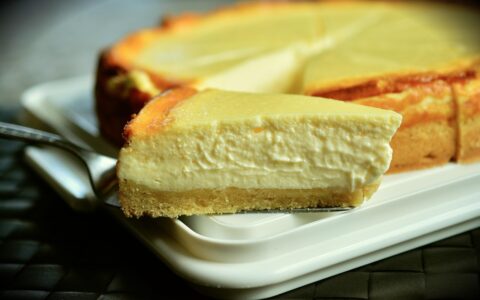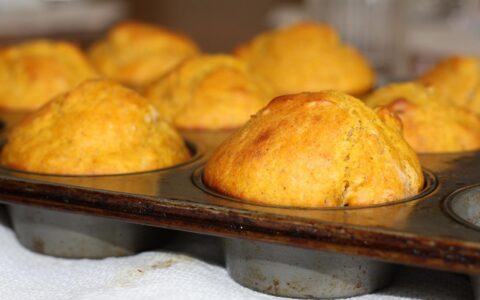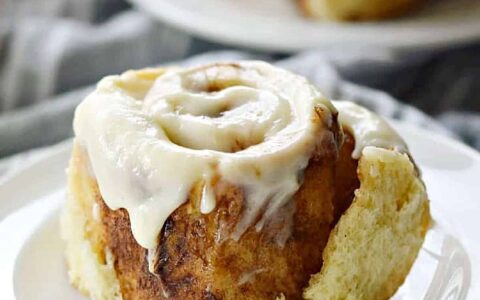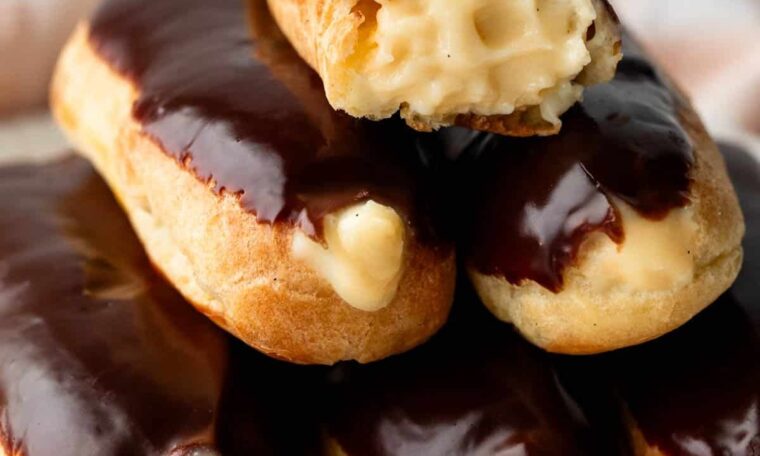
Win Your Next Pageant
Thank you for reading this post, don't forget to subscribe!Get Pageant Questions Written By A Miss Universe Judge

The Art of Chocolate Éclairs: A Journey Through French Patisserie Excellence
Few pastries embody the elegance of French baking quite like the chocolate éclair. With its crisp golden shell, velvety cream filling, and glossy chocolate glaze, this iconic dessert represents the perfect marriage of technique and indulgence. But behind its seemingly simple appearance lies centuries of culinary evolution, scientific precision, and cultural significance that have cemented its status as a patisserie staple worldwide.
A Storied History: From Medieval Bread to Modern Delicacy
The éclair’s origins trace back to 16th century France, where early versions called “pain à la Duchesse” (bread of the Duchess) emerged. These primitive pastries bore little resemblance to today’s delicate creations, serving more as edible utensils for rich sauces than as desserts. The transformation began in earnest when:
- 1840s: Chef Antonin Carême perfected choux pastry, creating lighter, airier shells
- 1860s: The term “éclair” (meaning “lightning” in French) was coined, possibly referring to how quickly they were eaten
- 1884: The recipe first appeared in English cookbooks, introducing it to international audiences
What began as medieval “bread” evolved through French culinary innovation into the sophisticated dessert we know today – a testament to the country’s enduring influence on global pastry arts.
The Science of Perfection: Why Éclairs Demand Precision
Creating the perfect éclair requires understanding the delicate chemistry at work:
Choux Pastry Alchemy
- The high moisture content (water, milk, eggs) creates steam that puffs the pastry
- Precise cooking of the flour paste (panade) ensures proper gelatinization of starches
- Egg proteins provide structure while fats from butter create tenderness
Pastry Cream Mastery
- Cornstarch molecules unwind at 203°F (95°C), creating the ideal thickening point
- Proper tempering of egg yolks prevents scrambling
- Butter emulsification at the end creates unmatched silkiness
Structural Engineering
- The hollow interior forms from steam expansion during baking
- Proper drying in the oven prevents collapse
- Ganache acts as both decoration and moisture barrier
Cultural Icon: More Than Just a Pastry
The éclair has become embedded in French identity through:
Patisserie Prestige
- A benchmark for bakeries – if they can’t make good éclairs, their skills are questioned
- Annual competitions like “Meilleur Ouvrier de France” test mastery of éclair technique
Global Adaptations
- America’s “Long John” donut (a distant cousin)
- Japanese matcha-flavored versions
- Brazilian “Bomba de Chocolate” with dulce de leche
Pop Culture Status
- Featured in films like “The Hundred-Foot Journey”
- Instagram hashtag #eclairart shows decorated modern interpretations
- Parisian shops like L’Éclair de Génie have elevated it to luxury status
Modern Interpretations: Honoring Tradition While Innovating
Contemporary pastry chefs continue reinventing the classic:
Flavor Explorations
- Salted caramel fillings
- Fruit-infused creams (raspberry, passionfruit)
- Spiced chocolate ganaches
Visual Artistry
- Airbrushed designs
- Gold leaf accents
- Geometric piping techniques
Technical Refinements
- Gluten-free choux variations
- Vegan versions using aquafaba
- Sous-vide pastry creams for perfect consistency
Why Éclairs Endure
Beyond taste, their lasting appeal comes from:
Technical Challenge
- Mastering choux pastry is a rite of passage for bakers
- The balance of textures (crisp, creamy, smooth) tests skill
Versatility
- Adaptable to seasons (citrus in summer, spices in winter)
- Suitable for both casual snacks and formal events
Emotional Resonance
- Evokes memories of Parisian patisserie windows
- Represents the joy of sharing something handmade
The Complete Experience
- Visual beauty – the shine of ganache
- Tactile pleasure – cracking the shell
- Flavor harmony – sweet, rich, balanced
Ready to Create Your Own?
Whether you’re a novice baker or seasoned pastry chef, making éclairs connects you to centuries of culinary tradition. Follow our carefully tested recipe to experience why this deceptively simple pastry continues to captivate dessert lovers across generations and borders. After all, in a world of fleeting food trends, the éclair stands eternal – crisp, creamy, and waiting for your personal touch.
Fun Fact: The world’s longest éclair measured 1,246 feet (380 meters) and was made in France in 2017! Will yours be next? 🎉 ownthatcrown.com
—————————————————————————————————————————————–
Classic Chocolate Éclairs Recipe
Light, airy choux pastry filled with vanilla pastry cream and topped with glossy chocolate ganache
Prep Time: 45 mins
Cook Time: 30 mins
Chill Time: 2 hours
Servings: 12 éclairs
Equipment Needed (Amazon Deals, Buy Now, Click On Link Below)
- Food Processor
- Electric Mixer
- Stand Mixer (with Dough Hook)
- Medium Saucepan (for choux pastry)
- Silicone Spatula
- Piping Bags
- Large Star Tip (Wilton 1M or similar)
- Small Round Tip (#804 or similar)
- Baking Sheets (2)
- Parchment Paper
- Instant-Read Thermometer
Ingredients
For Choux Pastry:
- ½ cup (120ml) water
- ½ cup (120ml) whole milk
- ½ cup (115g) unsalted butter
- 1 tbsp (12g) granulated sugar
- ½ tsp salt
- 1 cup (125g) all-purpose flour
- 4 large eggs, room temperature
For Vanilla Pastry Cream:
- 2 cups (480ml) whole milk
- ½ cup (100g) granulated sugar
- ¼ cup (30g) cornstarch
- 4 large egg yolks
- 2 tbsp (30g) unsalted butter
- 1½ tsp vanilla extract
For Chocolate Ganache:
- ½ cup (120ml) heavy cream
- 4 oz (115g) semisweet chocolate, finely chopped
Step-by-Step Instructions
1. Make Choux Pastry
- Preheat oven to 425°F (220°C). Line baking sheets with parchment.
- In a saucepan, combine water, milk, butter, sugar, and salt. Bring to a boil.
- Remove from heat; add flour all at once. Stir vigorously with a wooden spoon until a smooth ball forms.
- Return to medium heat; cook 2-3 minutes, stirring constantly, until dough pulls away from pan.
- Transfer to a bowl. Cool 5 minutes.
- Add eggs one at a time, mixing fully after each addition. Dough should be glossy and pipeable.
2. Pipe & Bake
- Fill piping bag with large star tip. Pipe 4-inch (10cm) lines, spacing 2 inches apart.
- Bake 15 minutes at 425°F (220°C), then reduce to 375°F (190°C) and bake 20-25 minutes until golden.
- Turn off oven; crack door open. Let éclairs dry inside for 10 minutes. Cool completely.
3. Make Pastry Cream
- Heat milk in saucepan until steaming.
- Whisk sugar, cornstarch, and egg yolks until pale.
- Slowly pour hot milk into egg mixture while whisking. Return to saucepan.
- Cook over medium heat, whisking constantly, until thick (about 2 minutes).
- Off heat, stir in butter and vanilla. Press plastic wrap directly on surface; chill 2 hours.
4. Make Ganache
- Heat cream until simmering. Pour over chopped chocolate; let sit 2 minutes.
- Stir until smooth. Cool slightly to thicken.
5. Assemble
- Poke 3 holes in each éclair bottom with a small tip.
- Fill piping bag with pastry cream and small round tip. Pipe into éclairs.
- Dip tops in ganache. Chill 15 minutes to set.
Pro Tips
✔ Egg test: Dough should form a “V” when lifted with spoon.
✔ No cracks: Pipe dough in one motion without stopping.
✔ Extra crisp: Pierce baked éclairs with a skewer to release steam.
Store refrigerated up to 2 days (best fresh!).
Troubleshooting
- Flat éclairs? Oven temp too low or dough too wet.
- Soggy bottoms? Underbaked or filled too early.
- Lumpy cream? Strain before chilling.



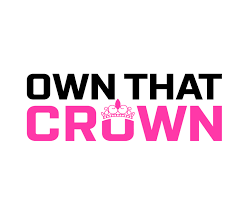 Subscribe to Our RSS Feed
Subscribe to Our RSS Feed
